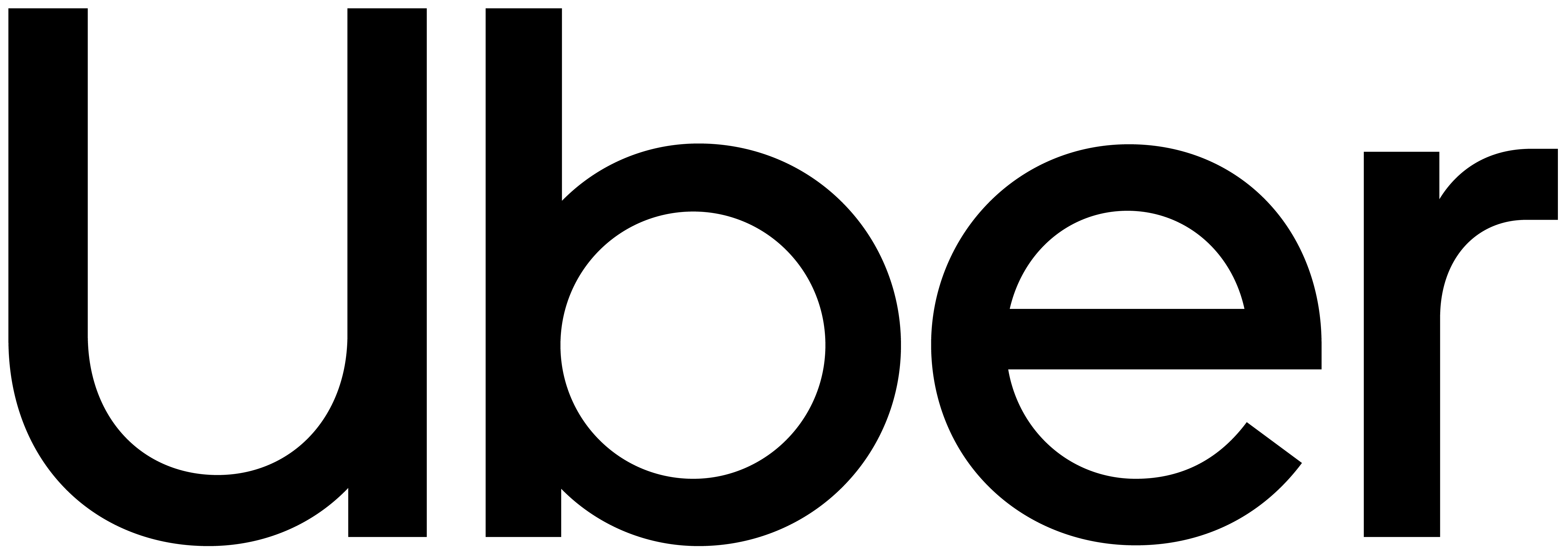This article is proudly sponsored by Lake Region State College!
George Soros’ Q1 2025 Portfolio: A Macro Map in Motion
George Soros is famous for betting big on macro inflection points—and his Q1 2025 13F shows he’s still at it. With markets facing a storm of conflicting signals—Fed rate cut debates, sticky inflation, tech-fueled optimism, and geopolitical instability—Soros Fund Management took a calculated barbell approach: interest rate hedges, high-beta growth, defensive bonds, and strategic calls on clean energy, chips, and infrastructure.
Here’s what he likely saw—and why these positions made sense in Q1 2025.
1. First Solar (FSLR) – Clean Energy With a Margin Moat
- $202M call option stake + $38M common stock
- Why now: First Solar benefits directly from the Inflation Reduction Act (IRA), which ramped up manufacturing tax credits and utility-scale solar demand. Unlike Chinese panel makers, it’s U.S.-based and subsidy-favored. Soros likely saw both policy tailwinds and gross margin resilience (50%+), especially during Q1’s tech pullback.
- Macro logic: Clean energy + domestic manufacturing = politically safe growth story.
2. IEF (7–10 Year Treasury ETF) – A Dual Bet: Calls + Puts
- $195M in call options
- $53M in puts
- Why now: This looks like a rate-volatility straddle. Soros was likely positioning for a large move in Treasury yields—up or down—amid ongoing Fed confusion. In Q1, markets debated whether inflation warranted holding rates high or cutting mid-year. Soros positioned for both.
- Macro logic: When rate direction is uncertain, trade the volatility—not the level.
3. SPY (S&P 500 ETF) – Hedged Exposure
- $175M in SPY long, $112M in SPY puts
- Why now: Soros increased his S&P 500 long exposure by 166% while trimming his protective put position. That suggests cautious optimism during Q1’s AI-driven tech rally—but not without downside insurance.
- Macro logic: Participate in upside (especially large-cap tech) while staying hedged amid macro risk.
4. Rivian, DigitalOcean, Dropbox, Spotify – Convertible Debt Plays
- Over $670M in convertibles across RIVN, DOCN, DBX, SPOT, OKTA, W, CFLT, VAC
- Why now: These convertible bond positions balance upside participation with downside protection. Many were acquired at discounts post-2022/2023 tech corrections. If equity rebounds, convertibles benefit; if not, they offer yield and lower risk.
- Macro logic: The bond-equity hybrid structure fit Soros’ cautious optimism around software and EVs, without chasing pure stock exposure.
5. Utilities (CNP, AEP, ETR, LNT, PCG) – Steady Income in a Rate Plateau
- New positions in five utility names via bonds and equity
- Why now: Utilities offer bond-like stability, dividend income, and rate sensitivity. Soros appeared to rotate into defensives in anticipation of a rate cut cycle, benefiting from declining long-term yields and inflation hedging.
- Macro logic: Utilities = steady cash flows + leverage to falling rates.
6. Flutter (FLUT), Smurfit WestRock (Packaging), GFL (Waste Management)
- Packaging and waste stocks align with recession-resilient consumption and infrastructure spend
- Flutter’s surge (+286% position increase) may reflect a bet on legalized online betting in more U.S. states and a play on upcoming gradual rate cuts.
- Macro logic: Boring businesses = durable profits. Especially when markets get jumpy.
7. Salesforce (CRM), Amazon (AMZN), Alphabet (GOOGL) – The AI Hedge
- Moderate increases in CRM and AMZN, GOOGL trimmed
- Why now: Q1 saw a pause in mega-cap growth outperformance after 2024’s AI boom. Soros adjusted tech exposure, holding leaders with clear cost discipline (CRM) and cloud dominance (AMZN), while paring GOOGL—possibly on regulatory or valuation risk.
- Macro logic: Own AI-enabled operating leverage, trim AI hype risk.
8. Insurance & Aviation: Corebridge, Aercap, Standardaero
- A defensive cash-flow rotation into financials and aircraft leasing—likely tied to longer-term commercial air traffic recovery and growth–it also helps that rates are poised to come down towards the end of the year, inherently boosting demand for aircraft–and predictable cash generation from insurance float.
- Macro logic: Recession resilience + steady returns from capital-intensive sectors.
9. Puts on AAPL, UNH, IEF, XLB – Tactical Hedges
- Why now: Soros increased his Apple put stake by 200%—possibly due to valuation concerns and slowing hardware growth. UNH puts may reflect margin pressure from healthcare policy risk–boy did he absolutely call this one. XLB (Materials ETF) puts align with a bearish view on industrial demand.
- Macro logic: Hedge where valuations look rich or margins face political risk.
10. Cybersecurity, Infrastructure, Cloud: OKTA, CYBR, RPD, UBER, NDAQ, ACN
- These names represent exposure to digital infrastructure and B2B tech—cloud platforms, security layers, and digital transactions.
- Modest increases in these names suggest Soros sees long-term structural growth as well as more than likely plays on prospective rate cuts—but wants exposure with downside cushions (most via convertibles).
- Macro logic: Ride structural adoption, minimize pure equity beta.

Final Takeaway: Soros’ Q1 2025 Playbook
Soros Fund Management navigated Q1 with a three-pronged approach:
- Directional bets on clean energy, digital infrastructure, and soft-landing winners
- Convertible debt to reduce risk while staying exposed to recovery upside
- Interest rate volatility trades and tactical hedges against overvalued megacaps
Whether rates were about to fall or stick higher for longer, Soros positioned to profit. This wasn’t a portfolio of hunches—it was a map for navigating a narrow macro path where few things could go right, and even fewer were priced accordingly.
DISCLAIMER: This analysis of the aforementioned stock security is in no way to be construed, understood, or seen as formal, professional, or any other form of investment advice. We are simply expressing our opinions regarding a publicly traded entity.
© 2025 MacroHint.com. All rights reserved